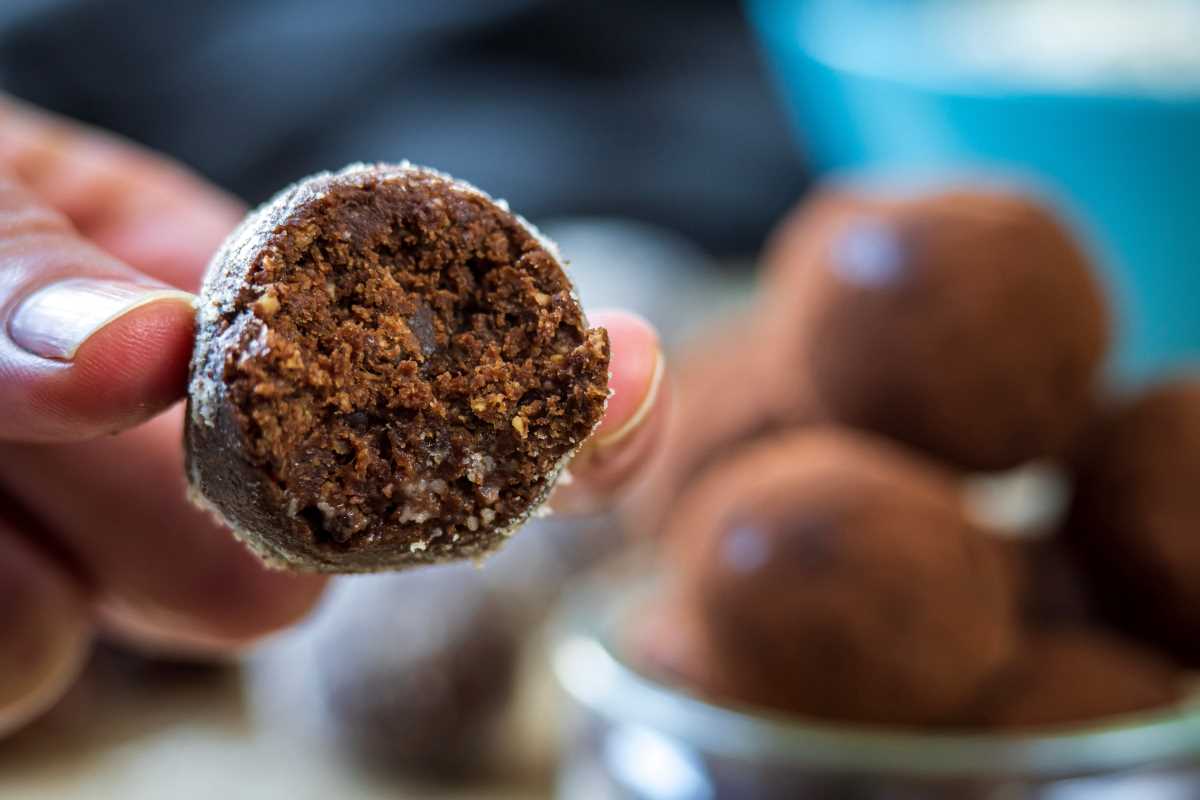If you've just started your fitness journey, congratulations! You’re taking an important step toward improving your health and well-being. Exercise is only half of the equation; proper nutrition plays a crucial role in achieving your fitness goals. Whether you're aiming to build muscle, improve endurance, or simply feel better, designing nutrient-packed meals is key. The good news? It doesn’t need to be complicated, time-consuming, or expensive. This guide will walk you through simple yet effective ways to create balanced and nutrient-dense meals to fuel your body and support your fitness goals.
1. Start with the Basics: Macronutrients Matter
Understanding macronutrients is the first step to crafting effective meals. Macronutrients include proteins, carbohydrates, and fats, and each serves a distinct and essential role for your body.
a) Protein
Why it’s important: Protein is the foundational building block for muscle repair and growth. After exercise, your muscles undergo tiny tears, and protein helps rebuild them stronger. Protein also promotes satiety, which prevents mindless snacking.
What to include and how to use it:
- Animal-based options like chicken breast, turkey, lean pork, and fish (salmon and tuna are especially great for omega-3s). Grill, bake, or pan-sear to reduce added fats.
- Plant-based sources like tofu, tempeh, edamame, and lentils are excellent alternatives for those following a vegetarian or vegan lifestyle.
- Eggs are a versatile choice you can boil, scramble, or even bake into muffins for protein-packed snacks.
- Greek yogurt is not only rich in protein but also probiotics, which improve gut health. Use it as a breakfast base with fruit and nuts or as a substitute for sour cream in recipes.
Practical tip: If you're short on time, stock up on pre-cooked frozen chicken, canned tuna, or plant-based protein like seitan. They can save you precious minutes without compromising on nutrients.
b) Carbohydrates
Why they’re important: Contrary to diet trends, carbohydrates are not the enemy. They’re your body’s primary source of energy. Without enough carbs, you’ll feel sluggish during workouts and recovery will take longer.
What to include and how to use it:
- Whole grains like brown rice, quinoa, farro, and oats provide slow-digesting energy. Quinoa, for example, not only delivers carbs but also contains protein for added benefits.
- Sweet potatoes and regular potatoes are nutrient-rich starchy options. Sweet potatoes, in particular, are high in fiber and vitamin A.
- Fruits like bananas, apples, and berries supply natural sugars for quick energy and are loaded with fiber and antioxidants to support recovery.
Practical tip: Meal prep bulk amounts of quinoa or brown rice and store them in the fridge for up to four days. That way, you can add them to meals without having to cook from scratch each time.
c) Healthy Fats
Why they’re important: Fats play an essential role in hormone production and overall health. They keep you feeling satiated and provide a secondary energy source, especially during longer or less intense workouts.
What to include and how to use it:
- Avocados are creamy, delicious, and a source of heart-healthy fats. Add slices to salads, toast, or smoothies.
- Nuts like almonds, walnuts, and cashews are excellent for snacking or sprinkling on meals. Walnuts, in particular, are high in omega-3 fatty acids.
- Seeds, such as chia, flax, and hemp seeds, are small but mighty. They can be added to oatmeal, smoothies, or baked goods for a nutrient boost.
- Olive oil and coconut oil are great for cooking or drizzling over roasted vegetables.
Practical tip: Keep portion sizes in check. A tablespoon of olive oil or a small handful of nuts goes a long way.
2. Micronutrients Pack a Punch
While macronutrients steal the spotlight, micronutrients (vitamins and minerals) are the unsung heroes of your nutritional plan. They regulate bodily functions, improve immunity, and even enhance workout performance.
Vegetables to emphasize: Fill your plate with colorful vegetables like spinach, kale, bell peppers, carrots, broccoli, and zucchini. Each color represents a different array of nutrients. For example, spinach is rich in iron and magnesium, whereas bell peppers are high in vitamin C.
Fruits to include: Citrus fruits like oranges and grapefruits offer vitamin C, while berries provide antioxidants. Combine them with nuts for snacks or add them to cereals for a balanced meal.
Take advantage of spices: Herbs and spices such as turmeric, ginger, cinnamon, and rosemary are more than just flavor enhancers. Turmeric contains curcumin, a compound with anti-inflammatory properties. Cinnamon can help stabilize blood sugar levels, which is especially helpful for avoiding energy crashes.
Practical tip: Prep your veggies in bulk by washing, slicing, and storing them in clear containers. This way, you'll have a rainbow of options ready to add to your meals.
3. Make Your Meals Balanced
It’s one thing to know what nutrients to include in your diet, but how do you turn that understanding into actionable steps? A balanced meal means ensuring your plate includes a variety of foods that provide all the nutrition your body needs.
Create your plate
- 1/4 plate protein: Think grilled chicken, a boiled egg, or a serving of baked tofu. Aim for around 20-30 grams of protein per meal.
- 1/4 plate carbs: Whole grains or starchy vegetables like roasted sweet potatoes.
- 1/2 plate vegetables: The more vibrant, the better. For an extra metabolic boost, lightly sauté them with garlic and olive oil.
- A portion of healthy fats: Avocado, nuts, or a light drizzle of olive oil.
Example Meals
- Grilled salmon (protein) with quinoa (carb), sautéed asparagus and carrots (veg), and a dollop of guacamole (fat).
- Black bean burrito bowl with brown rice, lettuce, tomatoes, a sprinkle of cheese, and a side of avocado slices.
Practical tip: Use a compartmentalized food prep container to maintain these portions easily.
4. Snack Smart
Snacking can either keep you on track or derail your efforts, depending on your choices. The best snacks deliver nutrients without spiking your blood sugar.
Pre-Workout Snacks
- A banana with almond butter provides quick-digesting carbs for energy paired with healthy fats.
- A handful of trail mix (dried fruit mixed with nuts) is portable and energizing.
Post-Workout Snacks
After exercise, your body is primed to absorb nutrients and begin the recovery process. Combine protein and carbohydrates to optimize recovery:
- A protein smoothie made with Greek yogurt, frozen berries, and spinach (you won’t taste the spinach, promise).
- A whole-grain wrap filled with turkey slices and veggies.
Practical tip: Prepare snack bags with pre-measured portions ahead of time. These can prevent overeating and ensure you're grabbing something nutritious when hunger strikes.
5. Hydrate with Purpose
Proper hydration is just as important as what you eat. Water accounts for 60% of your body and supports everything from nutrient absorption to temperature regulation.
Actionable Hydration Tips
- Drink water consistently: Aim for at least 8 cups daily, and increase this on active days.
- Electrolyte-rich options: Coconut water is a natural source of electrolytes. For a DIY version, mix a pinch of salt, lemon juice, and honey into water.
- Herbal teas: Green tea adds antioxidants, while peppermint tea can aid digestion.
Practical tip: Make drinking water more appealing by infusing it with slices of cucumber, mint leaves, or berries.
6. Quick Tips to Boost Nutrients in Any Meal
Sometimes, small tweaks to your meals can make a big impact. Here are actionable strategies to sneak in extra nutrients without overhauling your routine:
- Add shredded zucchini to pasta sauce for added fiber and vitamins.
- Sprinkle hemp seeds on salads for protein and omega-3s.
- Blend frozen spinach into your morning smoothie. It’s virtually tasteless and packs a punch.
- Replace mayo in sandwiches or spreads with hummus or Greek yogurt.
Practical tip: Invest in a good blender or food processor to incorporate nutrient-rich ingredients seamlessly into dishes.
7. Focus on Meal Prep
Consistency is the secret to success, and meal prepping can help. By preparing food ahead of time, you’ll save money, time, and mental energy.
Step-by-Step Guide
- Plan your meals: Stick to a simple weekly rotation of proteins, grains, and veggies. Examples include chicken with quinoa, or lentils with brown rice.
- Batch cook: Grill or bake proteins and roast vegetables in large portions. Store them in labeled containers for easy mixing and matching throughout the week.
- Portion for balance: Use a kitchen scale or measuring cups when portioning out meals to keep macronutrients balanced.
Practical tip: Use Sunday afternoons for prepping meals for the week. Set aside 2-3 hours for cooking, labeling, and organizing!
8. Don’t Forget to Treat Yourself
A balanced diet includes room for treats. Enjoying your favorite foods in moderation can help you stay consistent in the long run.
Smart Treat Choices
- Dark chocolate: Stick to 70% cocoa or higher for heart-health benefits.
- Energy balls: Combine oats, nut butter, honey, and dark chocolate chips.
- Baked sweet potato fries: They’re satisfying, sweet, and full of fiber.
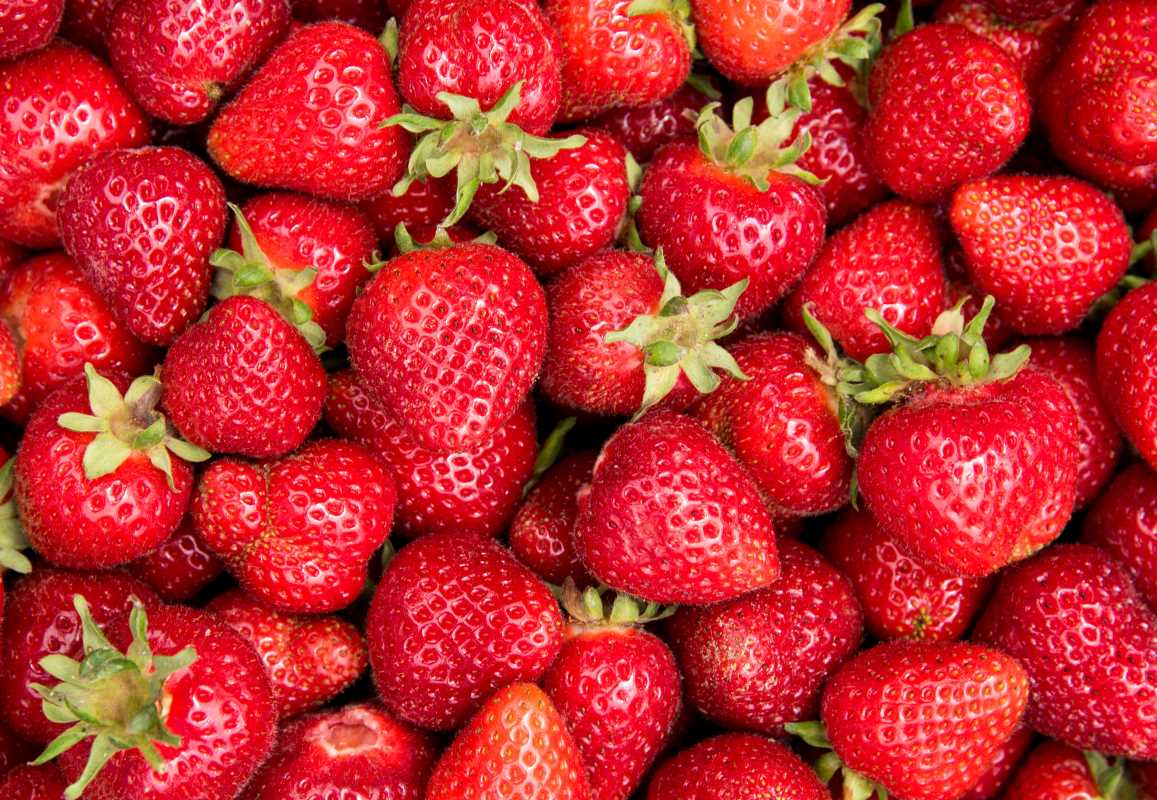 (Image via
(Image via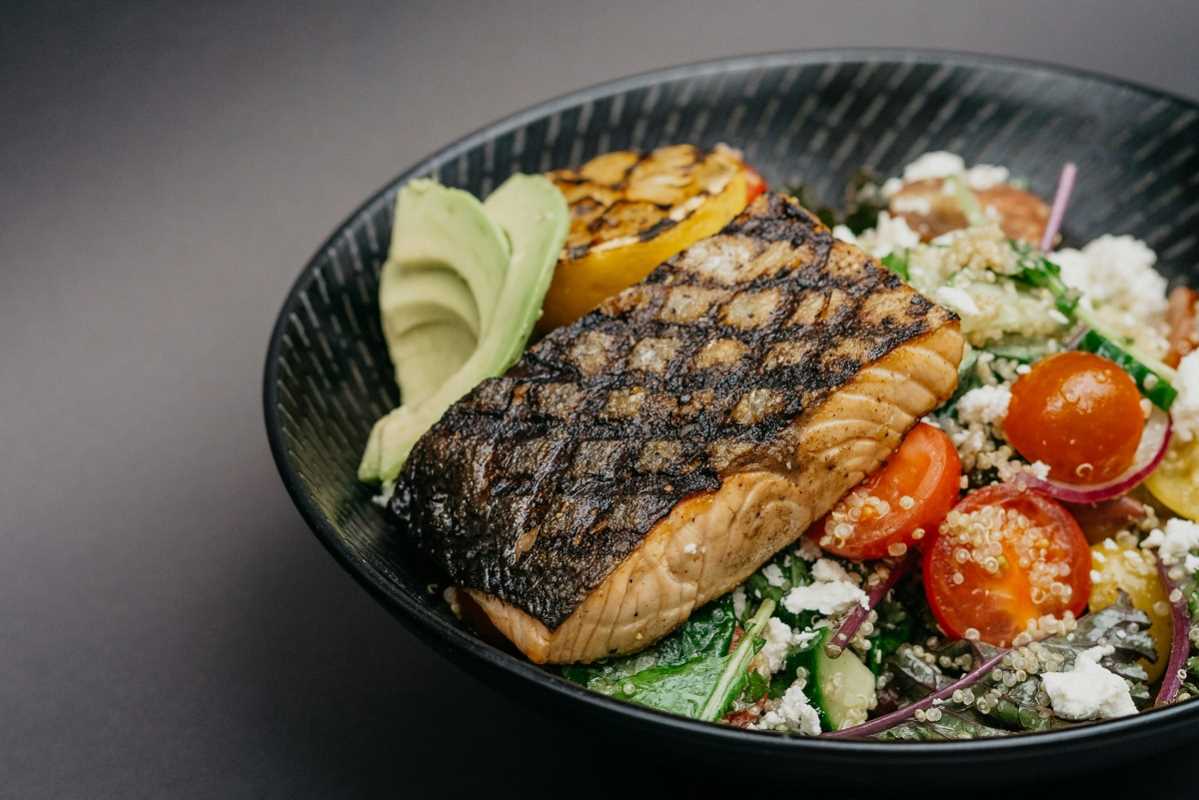
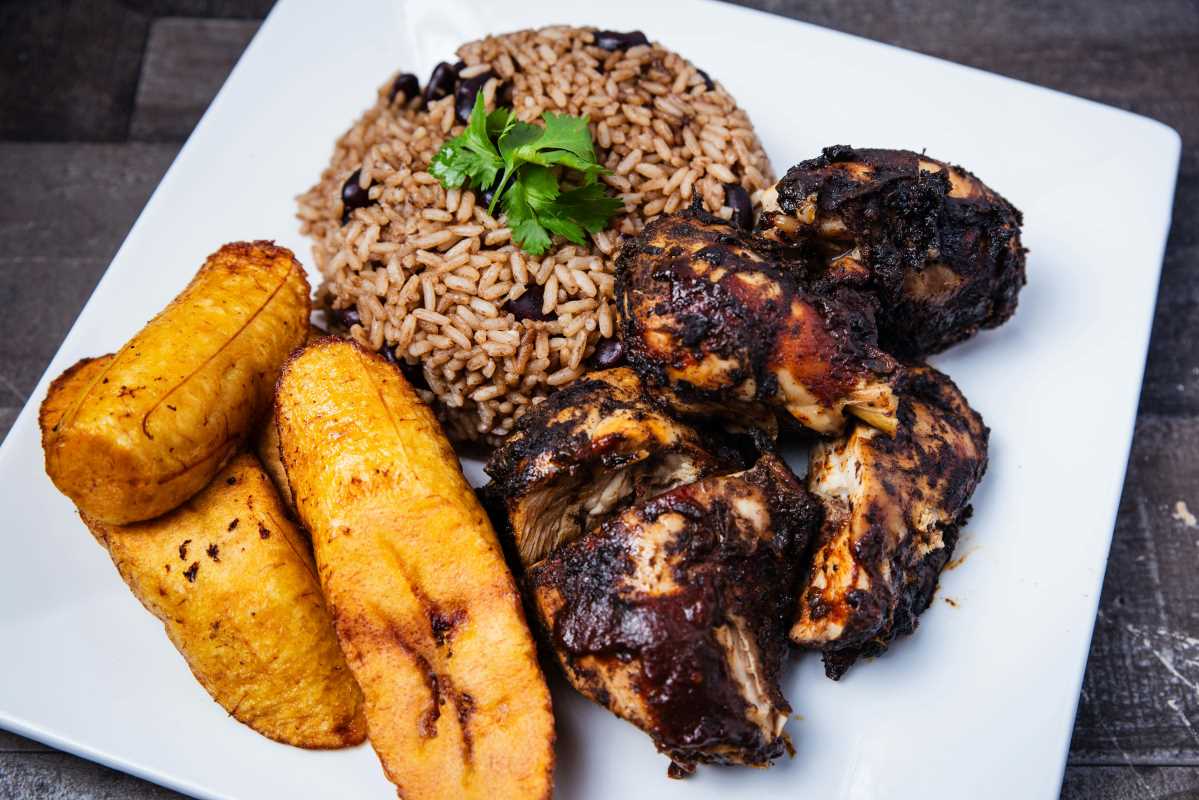
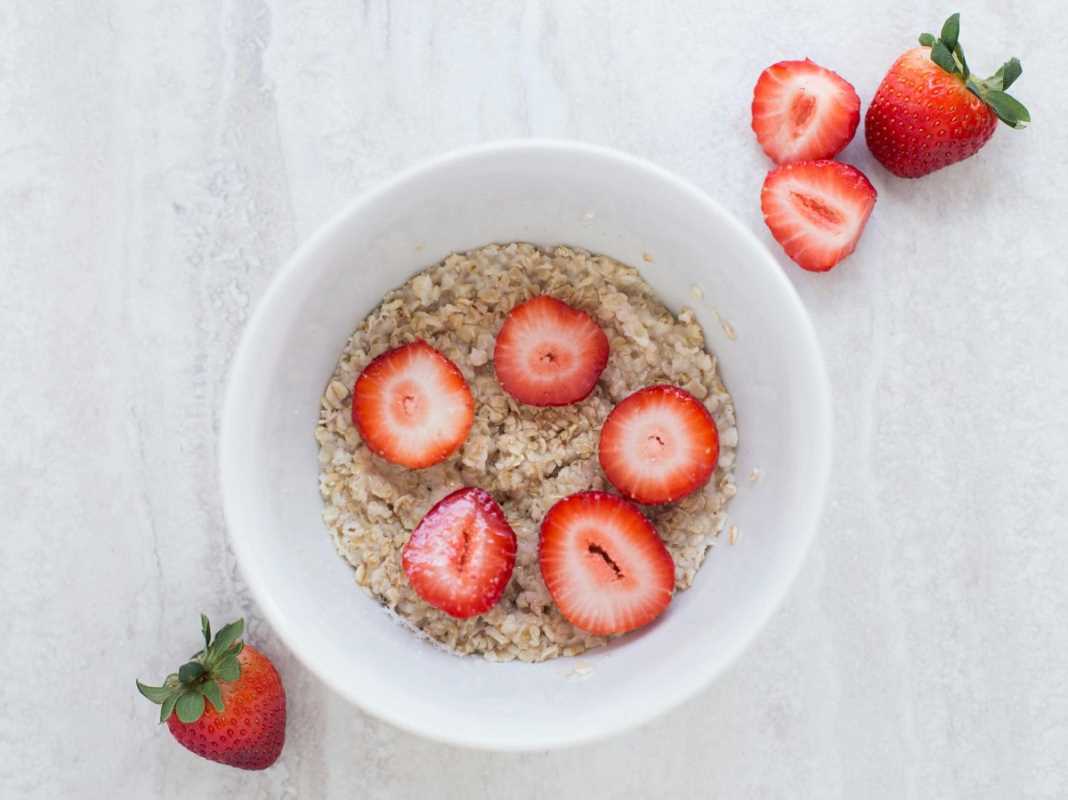


.jpg)
